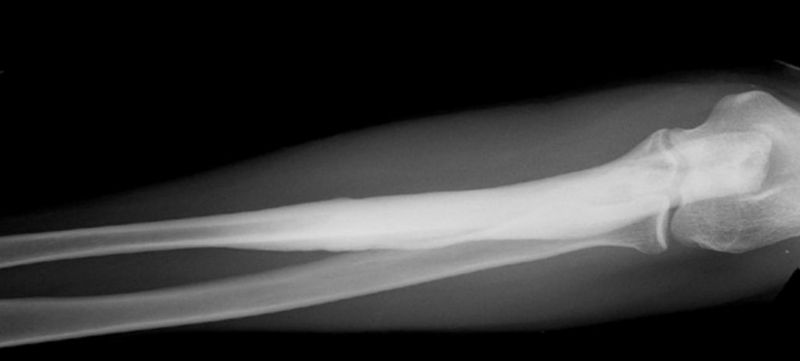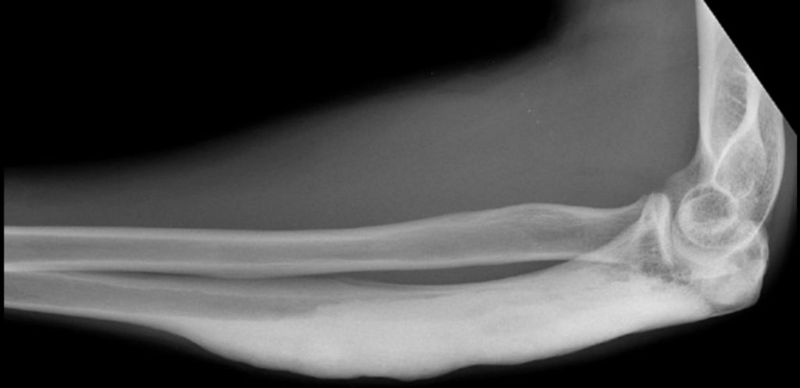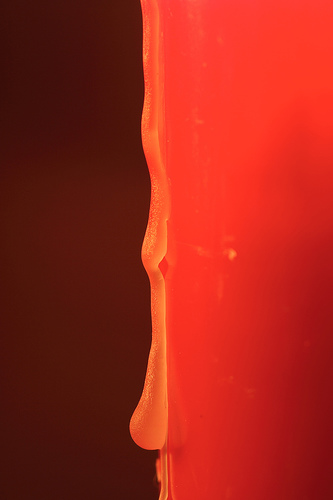Melorheostosis
|
WikiDoc Resources for Melorheostosis |
|
Articles |
|---|
|
Most recent articles on Melorheostosis Most cited articles on Melorheostosis |
|
Media |
|
Powerpoint slides on Melorheostosis |
|
Evidence Based Medicine |
|
Clinical Trials |
|
Ongoing Trials on Melorheostosis at Clinical Trials.gov Trial results on Melorheostosis Clinical Trials on Melorheostosis at Google
|
|
Guidelines / Policies / Govt |
|
US National Guidelines Clearinghouse on Melorheostosis NICE Guidance on Melorheostosis
|
|
Books |
|
News |
|
Commentary |
|
Definitions |
|
Patient Resources / Community |
|
Patient resources on Melorheostosis Discussion groups on Melorheostosis Patient Handouts on Melorheostosis Directions to Hospitals Treating Melorheostosis Risk calculators and risk factors for Melorheostosis
|
|
Healthcare Provider Resources |
|
Causes & Risk Factors for Melorheostosis |
|
Continuing Medical Education (CME) |
|
International |
|
|
|
Business |
|
Experimental / Informatics |
Editor-In-Chief: C. Michael Gibson, M.S., M.D. [1]
Overview
Melorheostosis is usually discovered in childhood, occasionally in adulthood. The male-to-female ratio is usually 1:1. It can occur in a single limb, and the lower extremity is more commonly affected than the upper extremity. The epicenter is periosteal or endosteal. The appearance consists of cortical hyperostosis in one or multiple bones, often with intervening soft-tissue calcification or ossification. The limb involved with melorheostosis often demonstrates joint pain, swelling, and limitation of motion in childhood. There is often associated growth disturbance, muscular contraction, and limb length discrepancy. There may be overlying skin changes. At pathologic analysis, thickened and enlarged osseous trabeculae are noted, associated with fibrous tissue replacement of the marrow space. There is controversy involving the distribution of melorheostosis. It has been suggested that the distribution mimics that of the sclerotomes (zones supplied by individual spinal sensory nerves), implying a neurogenic origin.
Diagnosis
The imaging findings are
- At radiography, contiguous bones of an extremity are often involved, although there may be involvement of a single bone.
- There is cortical hyperostosis with intervening soft-tissue calcification or ossification. Dripping candle wax appearance.
- There may be endosteal hyperostosis with obliteration of the medullary space.
-
-
-
Dripping candle wax


